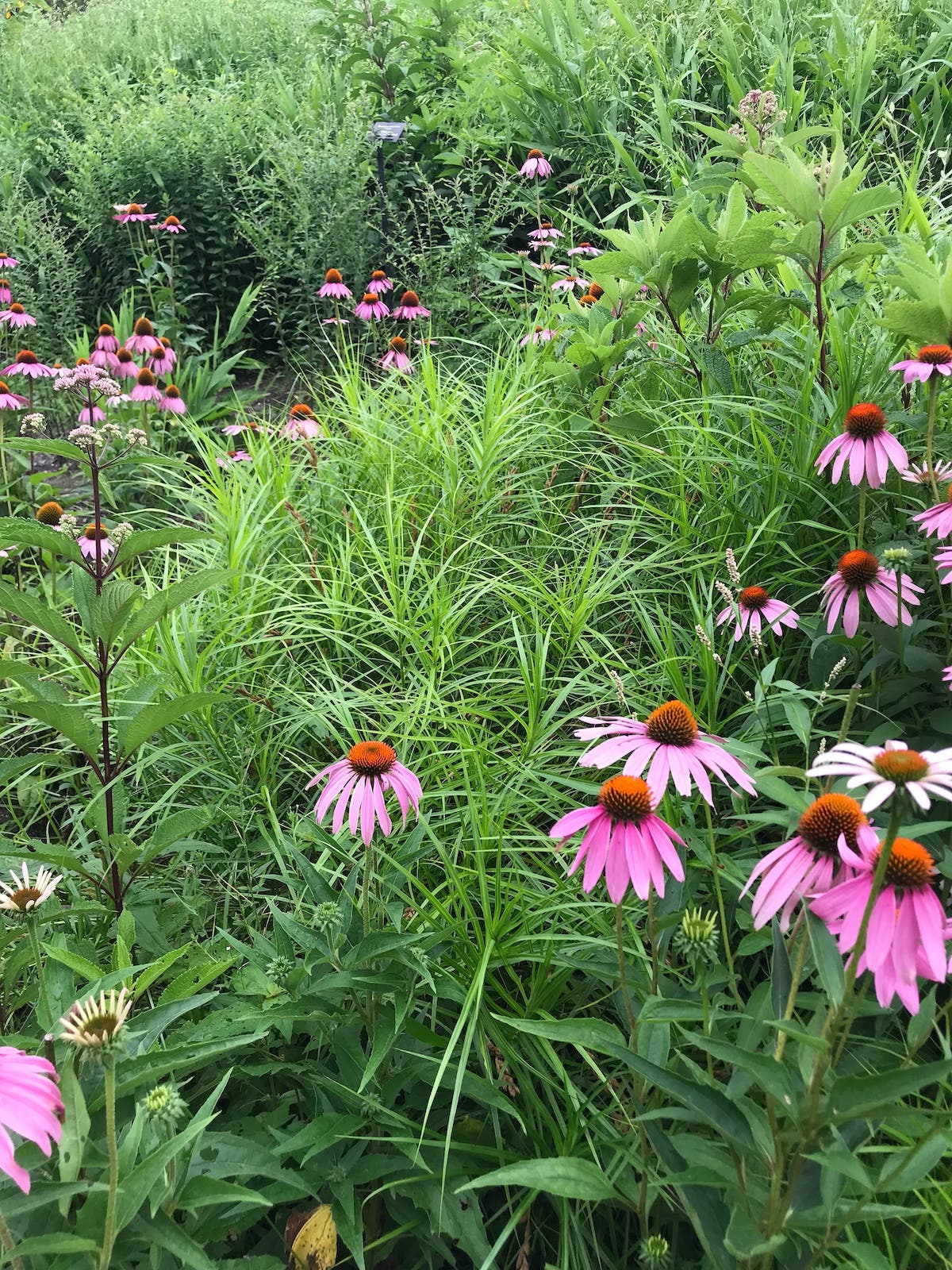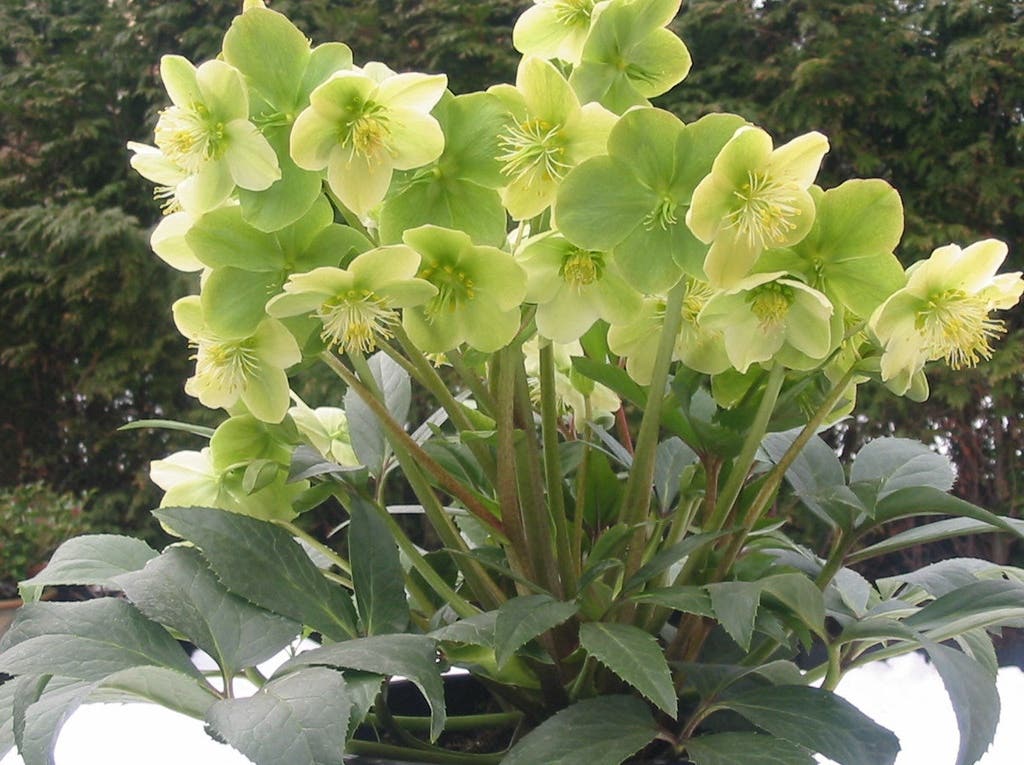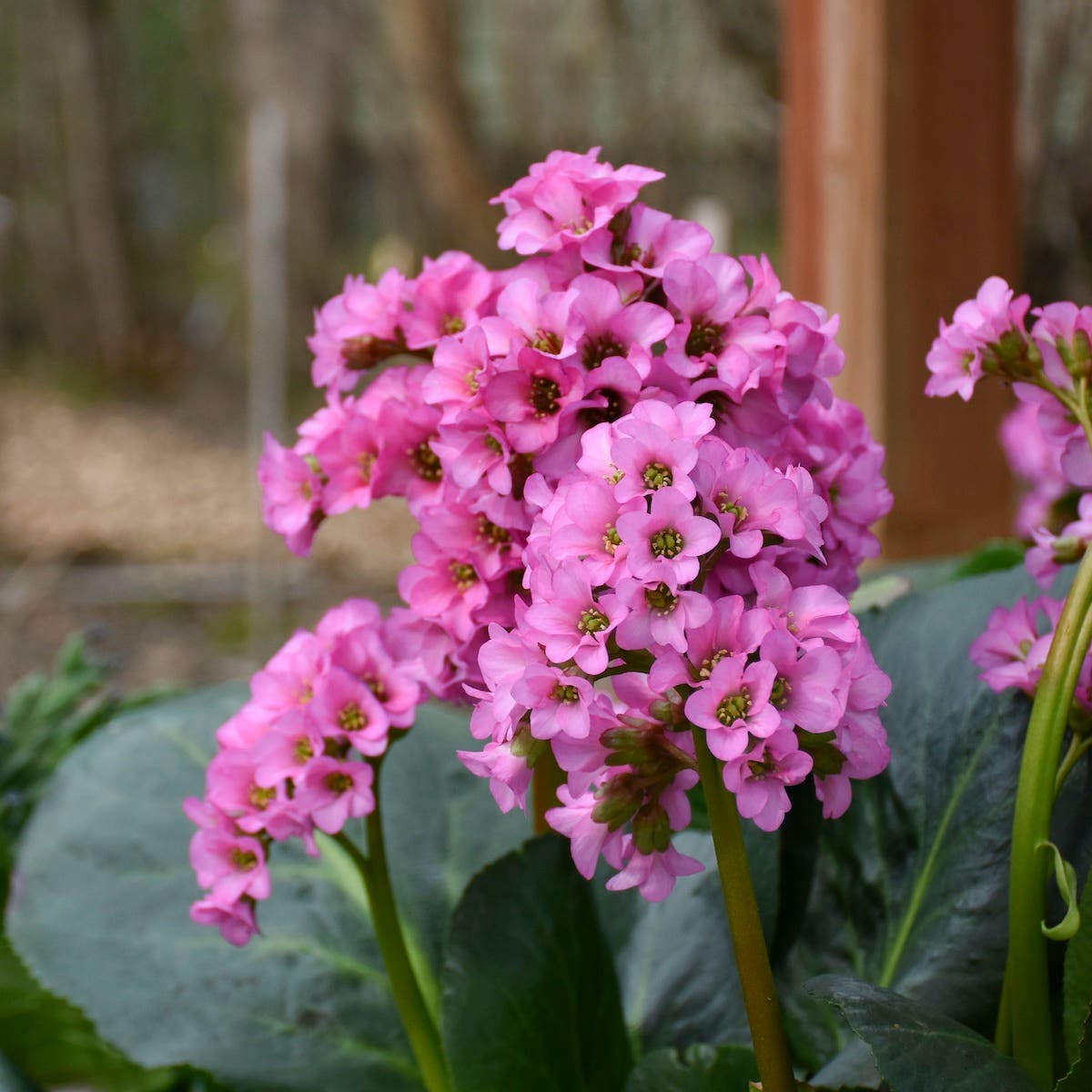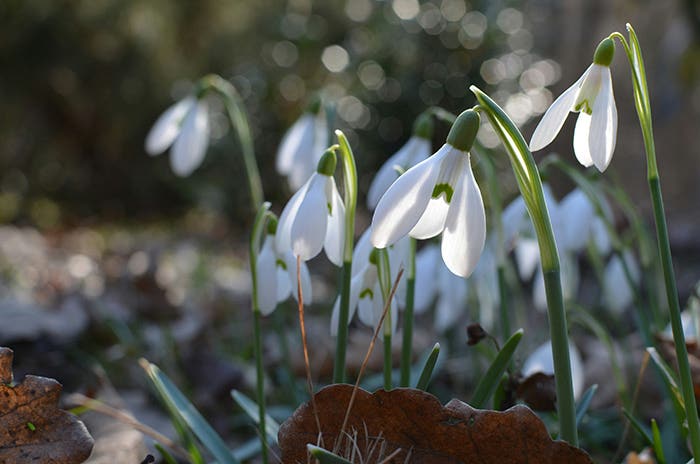For a Tree With Gorgeous Winter Bark, Turn to River Birch
Virtues: We love Betula nigra for its lustrous deep green foliage and exfoliating bark that peels away from the single or multi-stemmed tree to reveal layers of browns, grays and…
Virtues: We love Betula nigra for its lustrous deep green foliage and exfoliating bark that peels away from the single or multi-stemmed tree to reveal layers of browns, grays and creams. When developing, the bark is often smooth in a lovely shade of salmon-brown, reddish-brown and/or a cinnamon color. It begins to shed away as it matures, revealing lighter bark of various colors beneath.
Common name: river birch; red birch; water birch; black birch
Botanical name:Betula nigra
Flowers: In spring, monoecious flowers (separate male and female flowers on the same plant) begin to bloom with tiny greenish female catkins and drooping, slightly larger brownish male catkins. Brown cone-like fruit develops from the female catkins in late spring/early summer.
Foliage: Leathery, oval-shaped, rich green leaves with double serrated margins fill the arching branches. The foliage transforms into a modest yellow color in fall and quickly drops away, leaving the branches bare for winter.
Habit: These fast-growing trees can be single or multi-stemmed, typically reaching 40 to 70 feet in height with a 40- to 60-foot spread. Single-trunk trees develop a pyramidal habit that will mature into a more rounded form; multi-trunk selections, usually more desirable, form a striking irregular crown.
Season:Betula nigra is a deciduous birch full of lush foliage that fills yards with rich spring, summer and early fall color. However, the striking, exfoliating multi-colored bark offers an abundance of year-round interest—especially in winter, when all the leaves have fallen away and the branches are exposed to showcase the intriguing bark.
Origin: Native to the Eastern United States—specifically in moist areas, such as flooded locations and along stream banks.
How to grow Betula nigra: River birches thrive in moist, acidic, fertile soils, although they can successfully grow in drier soils. They flourish in full sun to part shade with regular thorough watering. Avoid pruning in spring when the sap is “bleeding”, or running. USDA Zones 4–9.
Image: Sue Sweeney
-------------------------------------
The Trees & Shrubs Digital Value Pack is an exclusive bundle filled with how-to downloads designed to help gardeners grow healthier trees and shrubs.
Learn how to successfully grow and care for healthy foliage plants with the Smart Gardening Techniques: Foliage Plants.
Download the Smart Gardening Series: Landscaping Ideas for great do-it-yourself landscape design techniques sure to improve the overall look and usability of your yard.
Dirr’s Encyclopedia of Trees and Shrubs covers thousands of plants with all the essential information for identification, planting and care.
The Pruning Answer Book is filled with the right answers to all of your pruning questions.






